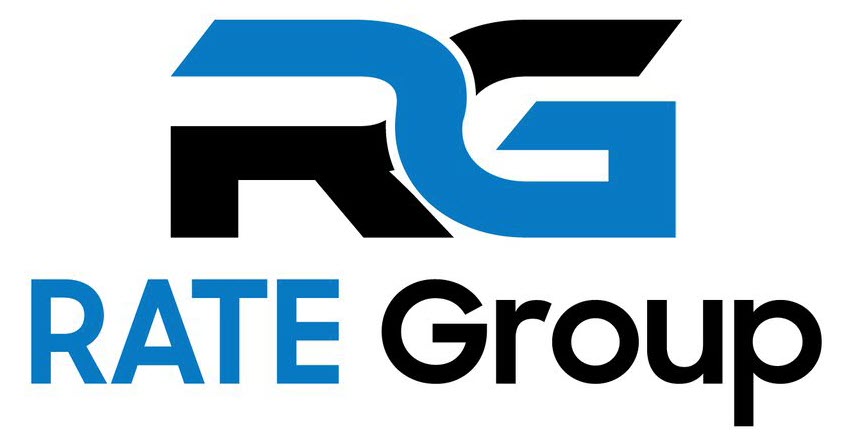
04 May Original Blockchain & Bitcoin: Different Paths To Decentralization
Blockchain co-inventor, Scott Stornetta discusses why Satoshi’s Bitcoin (BTC) design diverted from his implementation of blockchain.
In our previous articles, we described Stornetta’s views on Satoshi’s background and the philosophical evidence of why Stornetta could have been Satoshi. Now, we focus on an important design difference between the original blockchain that Stornetta created with longtime partner Stuart Haber and Satoshi’s Bitcoin.
Block rotation vs. validation rotation
In the original blockchain, there was no rotation of the block producers. Instead, block validation was decentralized. Also, since there was no built-in cryptocurrency, the reward was paid out in cash. Stornetta believes that Satoshi decided to go with rotation of the block producers to make the network censorship-resistant:
“And this is as much for reasons of anti-censoring provisions as it is that he chose to rotate the creation of the next block amongst the community. Whereas for us, it was…

